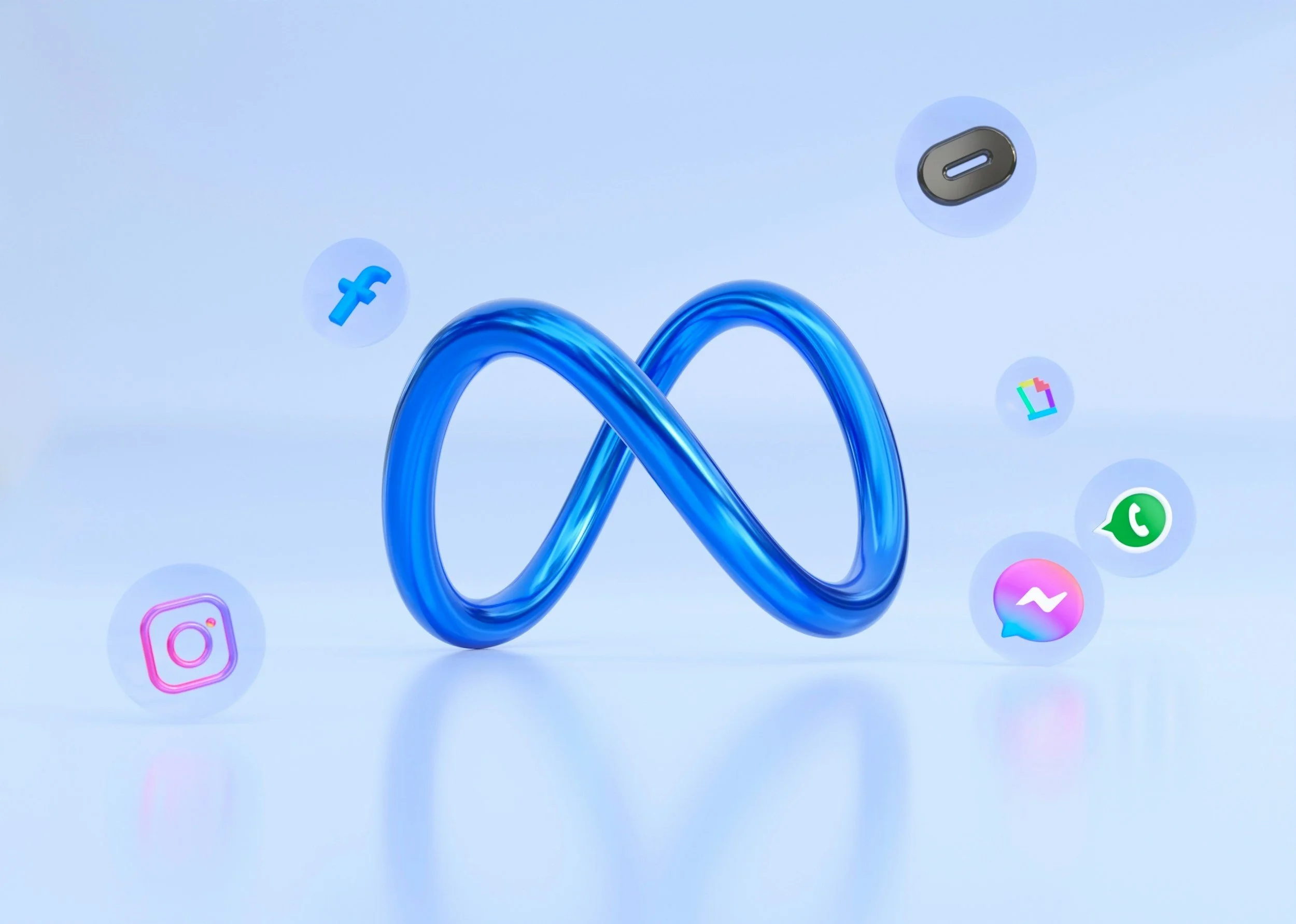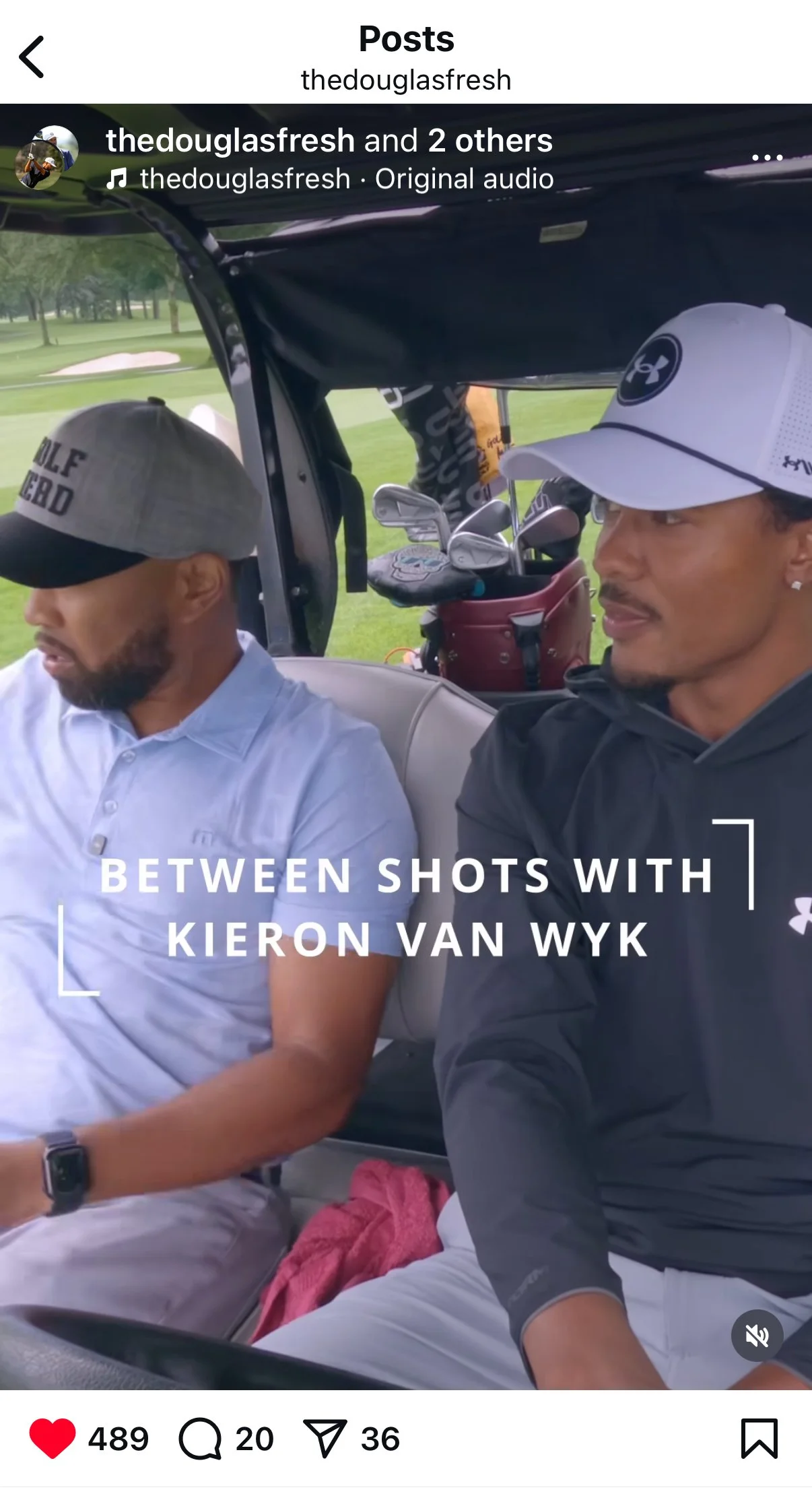A Guide to Boosting Content on Meta Without a Full Ad Campaign
I hate to tell you this, or maybe you already guessed it and that’s why you’re here, organic content alone will not carry your brand to the visibility and KPIs you need on Meta. You will need to put some dollars behind your best work to unlock steady reach. The upside is you don’t need a big budget. You just need a plan for how to use the funds you have. The most reliable path is a mix of strong organic and smart, targeted promotion. The guide I wrote below shows how to put that mix to work quickly, with clear guardrails and brand safe workflows.
Before we get to that, a quick promise from us. At Diferente Creative, we don’t just create high-quality videos. We design lead‑generation content that maps to KPIs from day one. If you want a quick taste of how story turns into measurable lift, see our work with GolfNow’s representation series here.
The Paid Levers You Can Pull (That Aren’t “Run a whole ad campaign”)
1) Partnership content with creators
This is your ground level opportunity. If you haven’t already, pay a creator to post about your brand and disclose with Meta’s Paid partnership label. Later, you can put paid behind that same post as a Partnership Ad.
2) Collab posts to pool audiences
Use Instagram’s Collab feature so one post appears on both accounts and shares engagement. If there is compensation, include the Paid partnership label. Collab improves organic reach. It does not unlock ad permissions by itself.
3) Giveaways and contests
Fund a relevant prize to spark comments, shares, and tags. Include clear rules and follow Meta’s promotion guidelines.
4) Sponsored community placements
Partner with Group admins or aligned Pages to feature your content. Disclose branded content when needed. This shines in tight‑knit niches.
5) UGC creation and licensing
Hire creators to produce assets you can publish on your brand handles and reuse in paid. If you want to run it from the creator’s identity, use a Partnership Ad with the right permissions. The specifics are below.
6) Meta Verified for Business
Treat it as trust infrastructure: verification, impersonation protection, and support that can improve discoverability. It is not a magic reach switch, but it helps your brand credibility.
You have options. Now let’s connect the two questions every brand marketer asks next: who posts the content, and who pays to push it further.
Collaboartion Post
This is an example of a collab post on Instagram that drove significant engagement and views for the brand partner.
Collabs and Boosting: Who Posts It and Who Pays?
Scenario: A creator posts the Reel. Your brand wants to pay to extend reach.
What you need:
The post is labeled with the Paid partnership tag when there is value exchange.
The creator grants your brand Partnership Ad permissions. That can be for one post or for the full relationship.
Your team selects the post in Ads Manager or the Boost tool when eligible and promotes it as a Partnership Ad. The ad will show with the creator’s handle.
Key reminder: a Collab tag is great for organic distribution. It does not grant advertising permission. Partnership Ad permissions do.
With posting and permissions sorted, the next decision is simple and strategic: whose name will appear on the paid unit.
Allowlisting (Also Called Partnership Ads) vs Running a Regular Ad
In a nutshell, this is when a creator or partner grants your brand permission to run paid distribution from their handle or to boost their post. The term “whitelisting” was previously used but the industry has moved toward the term “allowlisting” for inclusive language, while Meta’s official product name for this workflow is Partnership Ads with content-level or account-level permissions.
Allowlisting / Partnership Ads
The paid ad runs from a partner’s handle, often a creator. You can boost an existing post or build ad-only creative that never lives on your or the creator’s grid (aka profile). You still control target audience, budget, and reporting in Ads Manager. The difference is identity - who is posting and where does it show up?
Regular ads
The paid ad runs from your brand handle with brand‑owned creative. No partner permissions are required.
How do you pick? Here’s my recommendation: if you want the creator’s name and voice to carry the message, choose a Partnership Ad. If you want the brand identity to shine first, choose a regular ad. This answer ties back to your content blueprint and your clear measurable goals for each ad, which should be defined before the content is created. That’s how we approach this at Diferente Creative.
Once you pick the ad identity, the next question is where your audience will actually see it. That is where placement strategy earns its keep.
Where These Paid Ads Show Up
Boosting an existing creator post
When you turn an existing post into an ad placement, it can appear across placements like Feed, Stories, and Explore. This does not create a second organic post on the creator’s profile.
Ad only Partnership Ads
These ads do not publish to the creator’s profile. They exist only as paid placements and are only shown to the target audience. Perfect for creative testing without adding more tiles to a grid (aka profile).
You know the choices. Here is a simple brand blueprint to move from decision to launch.
A Paid Ad Blueprint for Brands
Pick the ad identity. Creator handle for Partnership Ads or brand handle for regular ads. Tie the choice to the objective: awareness, lead generation, or sales.
Secure the basics. If you will promote a creator post, confirm the Paid partnership label and obtain Partnership Ad permissions. Decide whether you need post‑level or account‑level access.
Choose the lever. Boost a top‑performing organic post or build ad only creative with the creator’s likeness and voice.
Mind compliance. For promotions, include rules and required disclosures. Keep brand and creator approvals in one thread.
Scale the workflow. When you need repeatable output, recruit through structured programs and keep briefs, usage rights, and metrics consistent.
Leaders and legal teams always have follow‑ups. Let’s get in front of them with a brand‑first FAQ.
FAQs About Paid Content on Meta
Can we boost a creator’s Reel if we did not post it?
Yes. If the post is labeled with the Paid partnership tag and you have Partnership Ad permissions, you can promote the creator’s post from the creator’s handle.
Do we need a Collab to run paid?
No. Collabs help organic reach by appearing on both profiles. Partnership Ad permissions are what enable paid distribution from a creator’s handle.
If we boost a creator’s post, will a new tile appear on their grid?
No. You are distributing the existing post as an ad. You are not publishing a second organic post. Ad only partnership ads do not publish to profiles at all.
Can we run a Partnership Ad without any organic post?
Yes. Partnership Ads can be built as original ad content or boosted from an existing post. Choose based on your creative testing needs.
Is Meta Verified for Business worth it for distribution?
Use it for verification, protection, and support. It can improve credibility and discovery. Treat it as an enablement layer, not a silver bullet.
Time to press play. The next block is built to drop straight into your brief.
Copy‑Paste Checklists for Your Team
When you plan to boost a creator post
Creator applies the Paid partnership label on the organic post.
Creator grants your brand Partnership Ad permission. Post‑level is a safe default for one campaign.
Your team promotes via Ads Manager, selects the creator post, then sets objective, targeting, and budget.
When you plan an ad-only Partnership Ad
Contract must cover likeness, creative variations, and usage windows.
Creator grants account‑level permission or uses the Partnership Ad workflow you specify.
Launch and optimize like any ad. Same metrics. Clear KPIs.
Next Steps
Organic plus paid is the growth formula on Meta. If you want a plan that ties creative to KPIs and makes execution faster and more professional, bring in Diferente Creative. Book your free Content Blueprint call. When you are ready to turn content into pipeline, we’ll be ready to roll.


